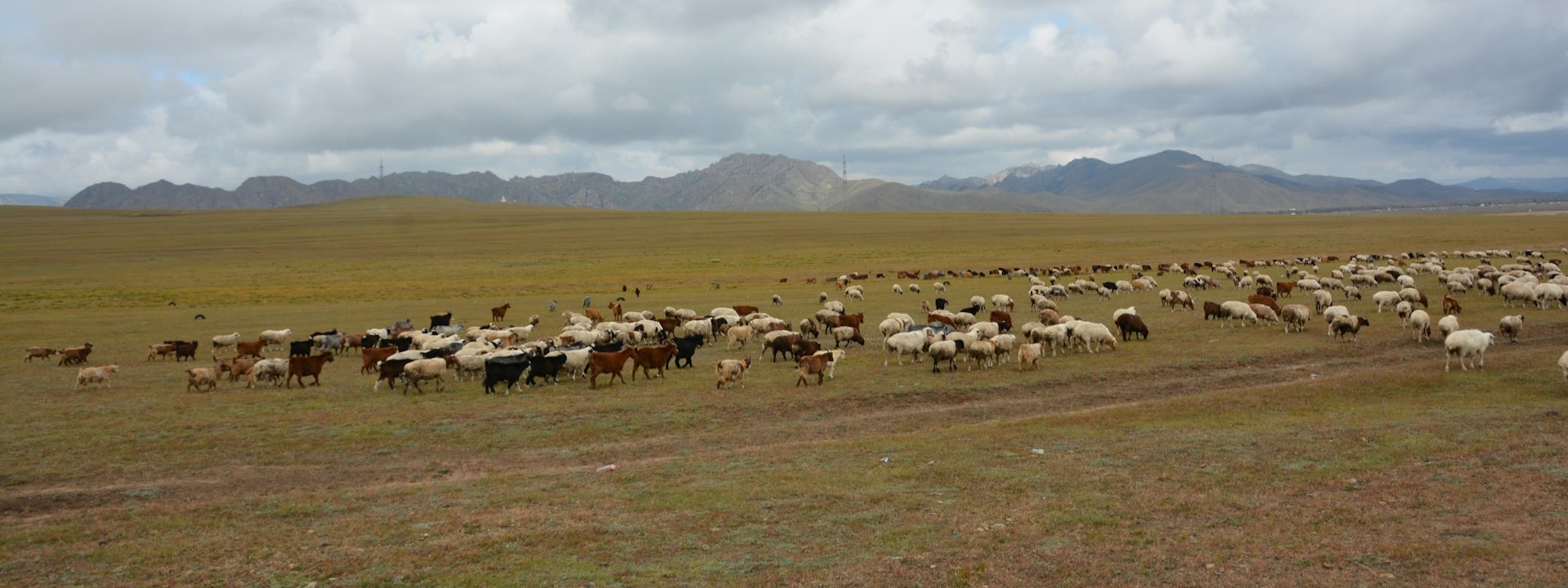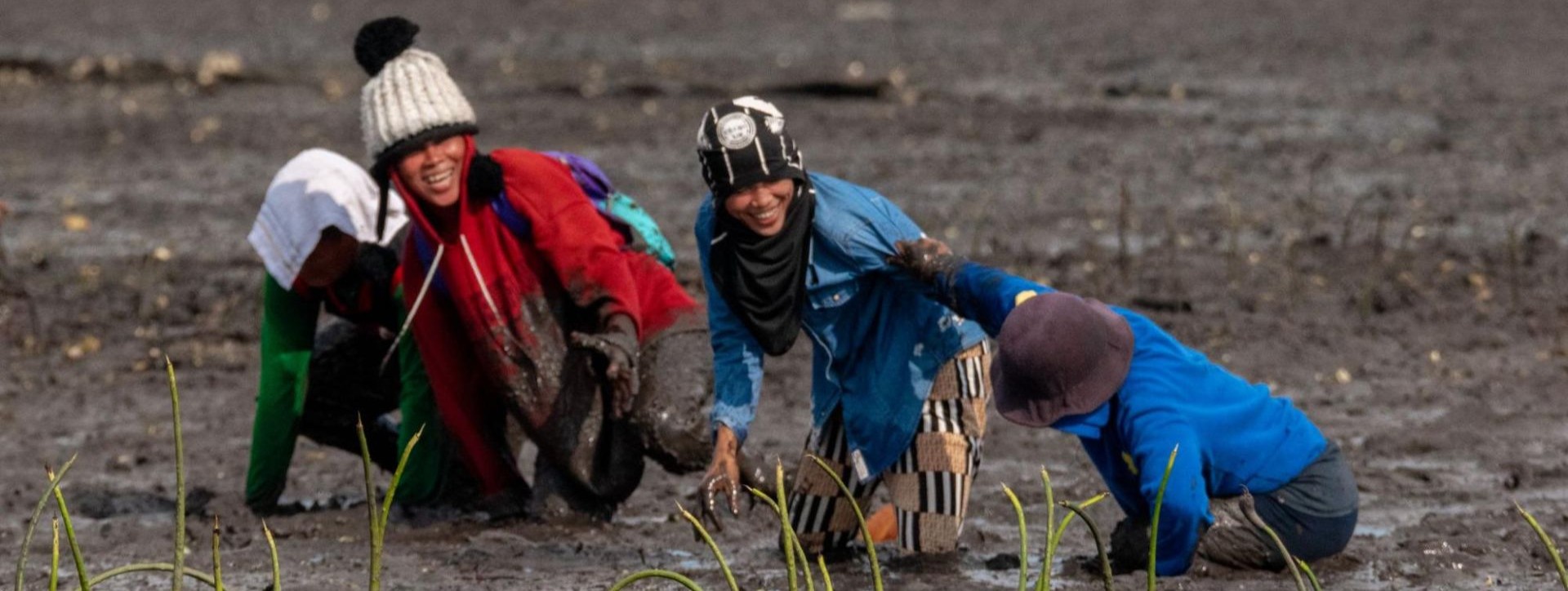
Written by Joshua Laizer
Tanzania is an incredibly diverse country with a rich variety of ecosystems and biodiversity. Like many other countries, Tanzania faces several conservation issues threatening its natural resources, including deforestation, which is one of the leading drivers of land degradation.
The World Bank reports that between 1990 and 2010, Tanzania lost 8 million hectares, or 19 percent, of its forest cover. This equates to about 400,000 hectares of natural forest annually. According to UNEP, Tanzania could lose all of its forests at this rate in the next 50 to 80 years.
The Tanzania Conservation and Community Initiative (TACCEI) is a youth-led non-governmental organization established to tackle and address deforestation. Through its programs, TACCEI emphasizes community-based conservation initiatives and landscape restoration efforts while ensuring that communities and wildlife coexist.
TACCEI works in the Maasai Steppe region, a vibrant and vital ecological stronghold for the wildlife and people of northern Tanzania. It encompasses approximately 40,000 square kilometers of woodlands, bushland, and open grasslands, and it is home to many animal species and pastoral communities and their cattle.
The landscape faces various threats, including rapid deforestation due to unregulated farming activities, charcoal production, logging, timber production and unplanned settlement. These lead to the loss of crucial wildlife habitats and contribute to increased soil erosion, reduced water quality, decreased agricultural productivity and severe implications for carbon emissions and the climate crisis.

Forming the GLFx Maasai Steppe chapter
In early 2024, through its efforts to strengthen partnerships for landscape restoration, TACCEI established a community-based local chapter in collaboration with the Global Landscapes Forum (GLF) through its GLFx chapter program.
Situated in the Manyara and Arusha Regions in Tanzania, covering the Maasai Steppe landscape, GLFx Maasai Steppe is at the forefront of landscape transformation and community empowerment.
By collaborating with the Indigenous Maasai community in the region, it aims to address critical issues such as deforestation, land degradation, wildlife conservation and gender-based violence.
The chapter recognizes the role of local communities and Indigenous Peoples in landscape restoration and management, including the power of Indigenous knowledge. We therefore tailor our initiatives to foster their participation and assist their landscape restoration efforts.
By mobilizing communities, we promote sustainable land practices and create income-generating activities that align with our conservation objectives. One of our most significant achievements is providing women and households with agroforestry and home garden training to boost local diets and improve household incomes by selling vegetables.


The chapter understands that the restoration process requires collective efforts to be successful. We are collaborating with our local government, national park authorities, NGOs and other relevant stakeholders to share resources and achieve our objectives effectively and sustainably.

Afforestation and the role of tree nurseries
TACCEI has committed itself to planting as many trees as possible to address deforestation and the loss of natural biodiversity. Our target is to plant more than 1 million native trees by 2030.
However, the cost of purchasing tree seedlings is very high: planting one tree seedling ranges from TZS 5,000–20,000 (USD 1.85–7.40).
“The establishment of our own tree nursery program has reduced the cost of planting one tree by more than 60%, making it easy for us to reach our goals and targets,” says Justin Lukumay, co-founder and director of TACCEI.
Since we started our own tree nurseries, the cost of producing a single tree has decreased to TZL 2000–5000 (USD 0.75–1.85) compared to buying them from tree nurseries in large cities.
In 2023, TACCEI’s first tree nursery produced more than 15,000 native tree species planted across the Maasai Steppe. Now, TACCEI has three nurseries, each aiming to grow 7,000 trees annually.
“In 2023, we produced and supplied more than 150,000 native trees through our tree nursery in Terrat,” says Lukumay.
Designing the tree nurseries
The tree nursery program is community-based, allowing communities and public schools to lead conservation efforts. This model ensures the project’s sustainability and gives local communities a sense of ownership while preparing the younger generation of restoration stewards.

“The tree planting program is not designed to be owned by TACCEI; we are just the facilitators,” says Thomas Loishiyie, a TACCEI conservation officer. “The community owns the program 100 percent, allowing them to take charge of restoration work.”
“Through the tree planting program, we establish environmental clubs at the schools, intending to impact them with restoration stewardship,” Loishiyie adds.
TACCEI has partnered with ECHO East Africa, one of the most renowned local NGOs in agriculture and agroforestry, to provide tree planting and nursery management training.
“We take training very seriously because the program’s sustainability relies on it,” Lukumay explains. “We partnered with ECHO East Africa to train all our programs from home gardens to tree nurseries.”

Tree nursery programs have contributed to the environment and economy. Through the tree planting program, Terrat Secondary School has started selling tree seedlings to other community members and other schools at a reasonable price to cover the school’s water bills.
Joseph Maplani, the headmaster of Terrat Secondary, says that the tree nursery program with TACCEI has positively impacted the local environment. It started in the school area and reached the surrounding communities, opening economic opportunities for them.
“Since we started our tree nurseries program with TACCEI in 2023, we have managed to produce more than 8,000 native trees of four different species, such as Vachelia tortilis (Migunga), Moringa Oleifera (Milong), Leucaena Leucacephala (Lukina) and Acacia Mellifera (blackthorn; Ngoja Kidogo),” he says.
Building tree nurseries at schools
When designing the tree nursery program, we had to consider the sustainability and durability of the infrastructure. We also wanted to involve students.
“We decided to take the schools as the host of the tree nurseries for two main reasons: one, the security of the tree nurseries, and two, the presence of student care and the nature of the nurseries every day,” says Lukumay.
During an interview with The Citizen earlier this year, Maplani said that the tree planting program encouraged students to take charge of conservation from the school to their homestead.
“At the end of the year, when we close the school, each student is given five trees to take to their home to plant,” Maplani said.

Choosing suitable tree species to plant
Another essential aspect of a flourishing tree planting program is the choice of tree species. Choosing a species well suited to the local climate and soil conditions ensures higher survival rates and better growth performance.
Neema Mindile, a form four student at Terrat Secondary and a tree nursery supervisor, says it’s important to focus on local species because they can cope with our dry climate and withstand droughts.
“Many of these trees can also be fodder for our livestock; hence, they will help address the issue of fodder availability in the future,” she adds.

Looking ahead
Tree nurseries play a vital role in landscape restoration efforts. They promote the reestablishment of native tree species, enhance biodiversity and ultimately facilitate a more sustainable interaction between local communities and their environment.
They will serve as critical intermediaries in combating deforestation and biodiversity loss on our landscape and contributing to carbon sequestration while maintaining the ecological balance and supporting local habitats.
We expect to establish three new tree nurseries in Simanjiro and Longido districts with the help of our partners.

With funding from the GLF, we will establish more tree nurseries and provide capacity building to the community and students on landscape restoration and the climate crisis. As new partnerships are established through the program, we aim to involve the community, other restoration organizations within the Maasai Steppe landscape, the government, and research institutions in our endeavors.








Share your thoughts with us